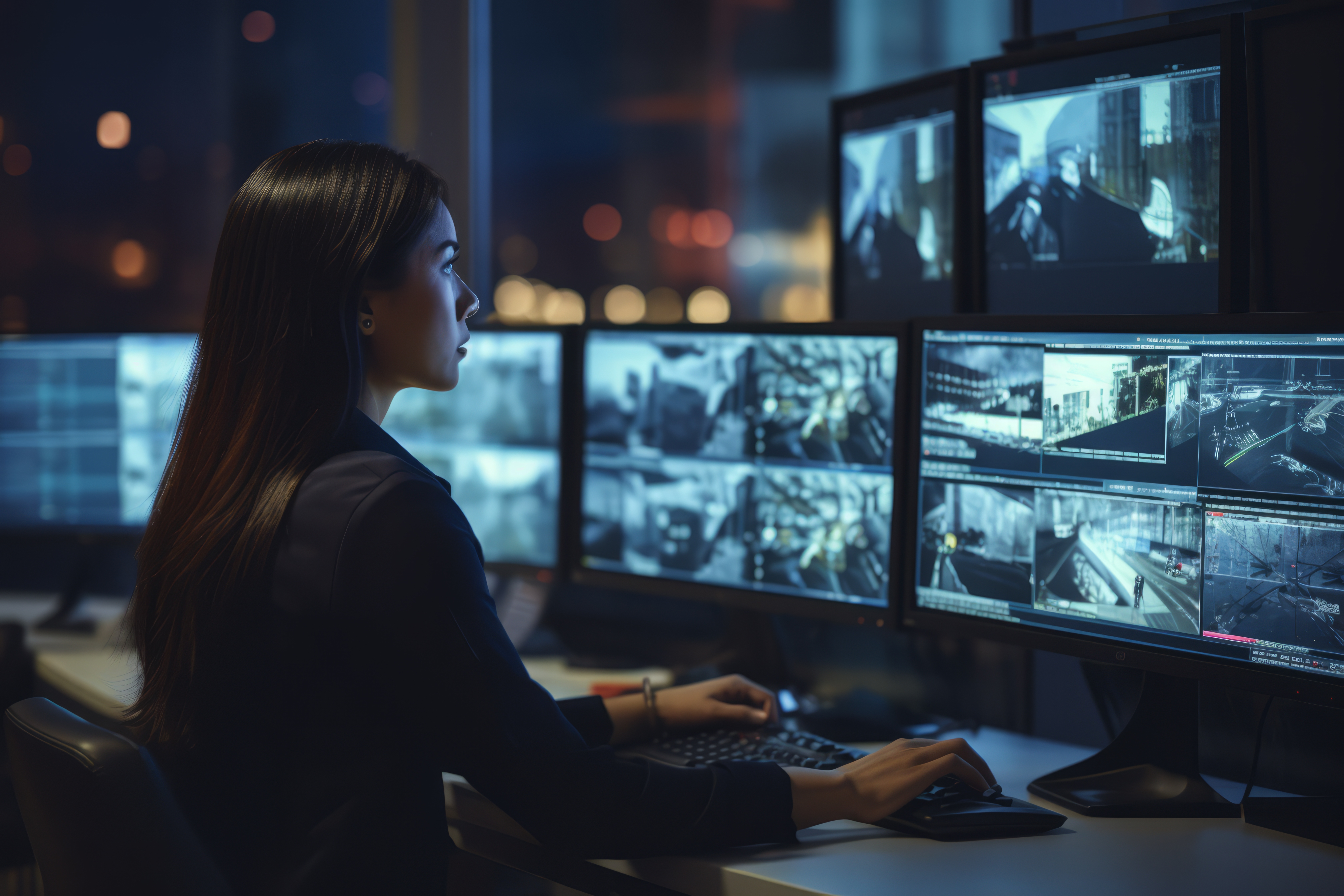How Machine Learning Makes Your CCTV Surveillance Smarter

Did you know closed-circuit television video surveillance (CCTV) has been around for almost for 100 years?! What was first a manually-operated, scanning-transmitting camera system developed in June 1927 by Russian physicist, Léon Theremin, has now evolved into a powerful technology driven by innovations such as IP cameras, faster Internet networks, and more bandwidth available to process video data.
The Challenge of Legacy CCTV
One of the biggest difficulties with legacy CCTV cameras and systems is that they require extensive manual oversight. Haven’t we all seen a movie or television show where bleary-eyed investigators almost miss evidence needed to crack the case? This is because even the most diligent of human monitors are prone to error, distraction, and fatigue, making it impossible to process data efficiently and effectively from one camera feed – let alone multiple cameras. As a result, valuable video data goes underutilized. Inaccessible data and strained resources continue to make these systems obsolete.
Software-Driven Innovation for CCTV
Not to be deterred, the CCTV industry began addressing these challenges with the introduction of video intelligence software based on Deep Learning – a subset of Artificial Intelligence that exposes a machine to tagged data to train the system, imitating the way a human is taught and learns. A machine can “learn” to independently identify and classify objects and patterns and becomes more proficient as it is exposed to more data over time. Deep Learning enables technologies to continually increase their sophistication and drive additional Artificial Intelligence (AI) applications. In the case of CCTV networks, machine learning-based video analytics software learns to identify, extract, classify, and index objects in video to empower end users to make video data searchable, actionable and quantifiable.
Video Analytics: The CCTV Upgrade You Need
Video analytics technology can be seamlessly integrated with an organization’s existing CCTV video surveillance systems and uses machine learning algorithms to recognize and classify objects, including humans or vehicles. Once indexed, the video metadata can be used for configuring intelligent alerts, triggering real-time calls to action when certain objects or behaviors are detected – or when anomalous activity occurs. Count-based alerts, for example, send notifications when the number of people in a certain area or building exceeds the limit defined by the organization. Alerts can also be triggered based on object identification and face recognition.
In addition to alerting functions, video content analysis structures live or archived video data, aggregating the metadata for deriving quantifiable insights. By visualizing the video metadata, users can understand trends, extract actionable intelligence, and drive informed decisions for safety, operations, and security. Police departments, for example, can track how many cars fail to stop at a particular stop sign, or identify a drug house, based on the number of individuals that enter the premises. See how the Hartford Police Department identified an active drug house in just 2 minutes using BriefCam Video Analytics.
Machine Learning for Comprehensive Security Impact
Machine learning has not only changed the way CCTV surveillance video is viewed, but also the ways it can be leveraged for increasing security and operational efficiency. By reducing the need for humans to monitor every surveillance feed and all the recorded footage, machine learning empowers security personnel to respond to situations, review footage, and uncover trends so they can make the most of their video surveillance investments and positively impact safety and security.
Interested in learning more about the latest in video analytics advancements and how they can positively impact your organization? Check out the BriefCam Solution Ecosystem
Editor’s note: This post was originally published in December 2019, and has been refreshed and updated for accuracy.
Signup to receive a monthly blog digest.